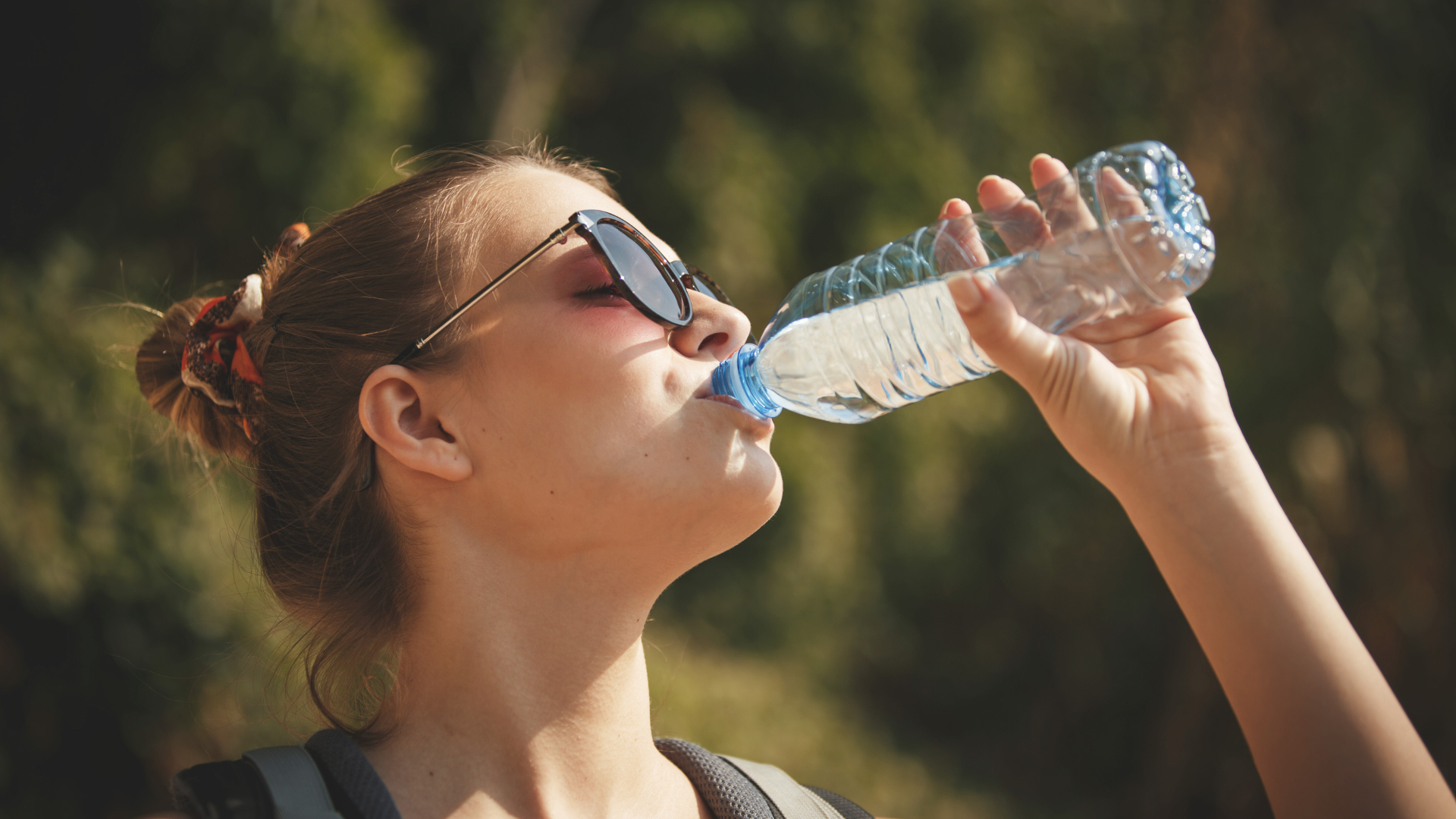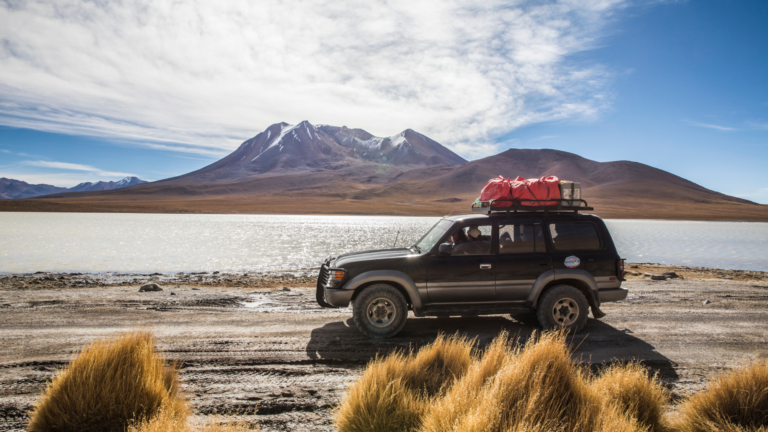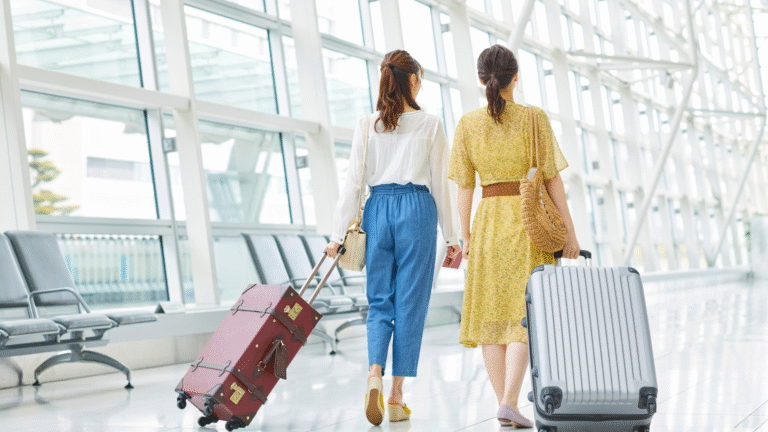Long journeys can be challenging, often leading to fatigue and dehydration. Staying hydrated not only keeps energy levels up but also enhances overall comfort during travel. By ensuring proper hydration, travelers can maintain focus, feel refreshed, and enjoy their trips more fully.
There are several practical strategies to make hydration easier on the road. Carrying a reusable water bottle is essential, as it allows for easy access to water and encourages frequent sipping. Additionally, incorporating hydrating foods like fruits and vegetables can provide a delicious way to boost fluid intake while providing nutrients.
Planning breaks is equally important. Taking short stops allows for stretching, bathroom breaks, and the opportunity to refill water supplies. By following these tips, anyone can transform a long journey into a more enjoyable and refreshing experience.
Understanding Hydration on Long Journeys
Maintaining proper hydration during long journeys is crucial for both comfort and health. Understanding the importance of hydration, the risks associated with dehydration, and how travel can impact hydration needs helps travelers make informed choices.
Why Staying Hydrated Matters
Staying hydrated is vital for optimal body function. Water plays a key role in regulating body temperature, transporting nutrients, and supporting cellular processes. Dehydration can lead to fatigue, dizziness, and decreased concentration, impacting the travel experience.
During long trips, especially on planes or in vehicles, the body loses moisture due to cabin pressure and dry air. This makes it essential to drink enough water before and during travel. The general recommendation is to consume 8-10 ounces of water every hour.
Risks of Dehydration When Traveling
Dehydration can present several risks while traveling. Common symptoms include dry mouth, fatigue, headaches, and decreased alertness. For travelers, this can mean less enjoyment and increased discomfort during the journey.
Those who fly long-haul are particularly vulnerable due to low humidity levels in aircraft cabins. The risk of developing more severe problems, such as heat exhaustion or urinary tract infections, rises with prolonged dehydration. Travel fatigue is compounded by inadequate hydration.
How Travel Affects Your Hydration Needs
Traveling alters individual hydration requirements for several reasons. Changes in activity levels, climate, and altitude can influence hydration needs. For instance, high altitudes or warmer temperatures may necessitate increased fluid intake.
Air travel can also cause fluid retention or swelling, while long periods of sitting can lead to a higher risk of blood clots. Travelers should proactively hydrate by drinking water regularly and avoiding excessive caffeine and alcohol, which can contribute to dehydration. Keeping a water bottle handy can provide reminders to drink and ensure adequate hydration throughout the journey.
Top Strategies for Staying Hydrated and Refreshed
Staying hydrated during long journeys is essential for maintaining energy and focus. By selecting appropriate beverages, creating a hydration schedule, and utilizing portable hydration tools, individuals can effectively manage their fluid intake.
Choosing the Right Beverages
Selecting the right beverages can significantly enhance hydration. Water is the best option, but alternatives also provide benefits.
- Coconut Water: Rich in electrolytes, it is a natural choice for replenishment.
- Sports Drinks: These often contain sugar and electrolytes, which can be helpful during extended physical activity.
Avoid excessive caffeine and sugary sodas, as they may lead to dehydration. Keeping a variety of options can make hydration more enjoyable on long trips.
Creating Your Hydration Schedule
A hydration schedule is beneficial for maintaining fluid intake. It helps prevent dehydration by reminding individuals to drink at regular intervals.
- Set specific times to drink water, such as every hour or after completing certain activities.
- Keep track of total water intake; a daily goal of around 2 to 3 liters helps ensure adequate hydration.
Using reminders on a phone or watch can aid in sticking to this schedule, making it easier to remember to drink water consistently.
Portable Hydration Devices and Tools
Portable devices enhance convenience when staying hydrated.
- CamelBak: Hydration packs are designed for easy access and can hold significant amounts of liquid.
- Travel Water Bottles: Look for insulated, leak-proof bottles that maintain beverage temperature.
Additional accessories like water purification tablets can be invaluable during travels in remote areas. These tools ensure access to safe drinking water, supporting hydration effectively.
Travel Factors That Impact Hydration
Several factors influence hydration during long journeys. Managing the intake of certain beverages and addressing the effects of time zone changes are crucial for maintaining optimal hydration levels.
Managing Alcohol and Caffeine Intake
Alcohol and caffeine can significantly affect hydration. Both substances act as diuretics, which means they can lead to increased urine production and subsequent fluid loss. Therefore, travelers should be mindful of their consumption levels.
Recommendations:
- Limit Alcohol: Choose a moderate amount and always drink water alongside alcoholic beverages.
- Monitor Caffeine: While moderate caffeine intake is usually fine, excessive consumption can lead to dehydration.
A good strategy is to follow the “one-to-one rule” by drinking a glass of water for every alcoholic or caffeinated drink consumed. This helps offset the dehydrating effects and maintains fluid balance.
Overcoming Jet Lag with Proper Hydration
Travelers often experience jet lag when crossing time zones, disrupting sleep patterns and causing fatigue. Hydration can play a vital role in alleviating these symptoms.
Tips for Hydration:
- Start Hydrating Before Travel: Begin increasing water intake a few days before departure.
- Drink Water During the Flight: Airplane cabins have low humidity, intensifying dehydration risks. Aim for at least 8 ounces (about 240 mL) of water every hour during flights.
After arrival, continue to hydrate consistently. This helps the body adjust more quickly to the new time zone, combating the fatigue that often accompanies jet lag.
Smart Habits and Practical Tips for Every Traveler
Maintaining proper hydration during long journeys is essential for overall well-being. Travelers should be aware of the signs of dehydration and consider healthy snack options that support hydration.
Signs of Dehydration to Watch For
Dehydration can sneak up on travelers. Recognizing early warning signs helps in taking preventive measures.
- Thirst: An increased thirst is often the first indication.
- Dry Mouth and Skin: Lack of moisture can lead to a dry mouth or chapped lips.
- Dark Urine: Dark yellow urine indicates concentrated waste; ideally, urine should be pale yellow.
- Fatigue and Dizziness: Dehydration can result in tiredness or light-headedness, making it difficult to enjoy the trip.
Travelers need to monitor these signs, especially during hot weather or high altitudes, where fluid loss can occur rapidly. Frequent sips of water can avert these symptoms.
Best Healthy Snacks for Hydration Support
Certain snacks can aid in maintaining hydration levels while traveling. Incorporating these into the travel routine enhances fluid intake.
- Fruits: Water-rich fruits like watermelon, oranges, and strawberries provide hydration and essential vitamins.
- Vegetable Sticks: Cucumbers and celery are made up of over 90% water. They serve as refreshing snacks with low calories.
- Nuts: Almonds and walnuts, while not high in water, help with overall energy, especially when paired with hydrating fruits.
- Yogurt: This is a good source of hydration and beneficial probiotics.
By selecting these snacks, travelers can bolster hydration and sustain their energy levels throughout their journey.



